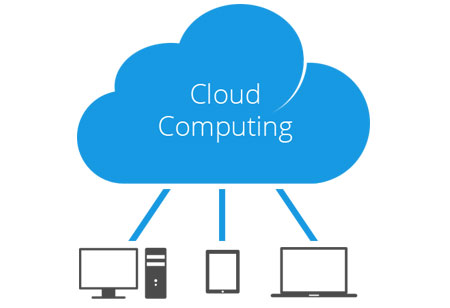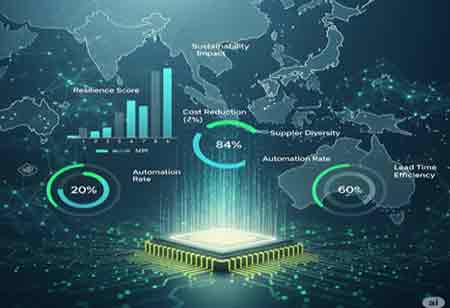THANK YOU FOR SUBSCRIBING
IaaS vs. PaaS vs. SaaS: Understanding Cloud Computing Architectures
IaaS has always been the base of the stack. It is the virtualization of a cloud network's infrastructure, IaaS or “infrastructure-as-a-service” is often applied while describing “cloud services” or “managed infrastructure services.”

By
Apac CIOOutlook | Thursday, January 01, 1970
Stay ahead of the industry with exclusive feature stories on the top companies, expert insights and the latest news delivered straight to your inbox. Subscribe today.
Cloud computing architecture has grown manifolds over the past few years, whether it is the technology itself or the approaches that the companies have adopted for implementing it. Three of the most popular models among enterprises attempting to launch and manage this architecture are IaaS, PaaS, and SaaS. Primarily service-oriented architecture promotes “everything as a service".
However, as per NIST, cloud-computing providers extend their “services” according to these three basic models. Providing increased abstraction, they are generally portrayed as layers in a stack—platform, infrastructure, and software service.
IaaS or “infrastructure-as-a-service” is often applied while describing “cloud services” or “managed infrastructure services.”
IaaS has always been the base of the stack. It is the virtualization of a cloud network's infrastructure, like data center servers and storage. With IaaS, an organization purchases or rents server space from a vendor, providing them with the advantage of scaling potential guarantee by the vendor. They can still retain control over managing every aspect of their applications — from operating system to middleware to runtime—without any support from the vendor.
Check Out : Top Cloud Compluting companies in APAC
Followed by PaaS (Platform as a Service), which is further up the stack, focusing more on streamlining most of the redundant IT processes, like managing operating systems, executing integration flows, and application development. With platform-as-a-service, the vendor provides the same server space and flexibility, but with additional tools to help build or customize applications rapidly. PaaS delivers both the infrastructure and software for constructing digital applications. The providers concentrate primarily on creating specific types of applications, like eCommerce applications.
SaaS is at the zenith of cloud services and hosts versions of the software. It eliminates the inadequacy of managing hundreds of different IT applications. Software-as-a-service primarily handles all the technical aspects while at the same time providing an application (or a suite of applications) that the client or customer can use to launch projects immediately or comparatively faster against an IaaS or PaaS solution, both of which require additional technical input from the client or customer.
However, a majority of the SaaS vendors use IaaS or PaaS Solutions to maintain their own suite of applications, handling and managing the technical elements to ease the processes in their customers' cloud computing architecture.





